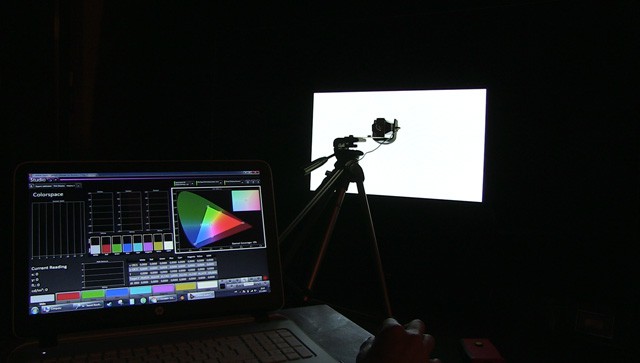
I enjoy testing TVs. Despite the difficulties of actually getting a sample, often it is a question of how long I can keep it to do a proper review. Since Croatia is not really a highly competitive market when it comes to a number of people who actually test TVs, I am fortunate enough to keep most of the products for a few weeks to perform all the tests that I want without rushing through them and building too much stress. On the other hand, if needed, I can test a single TV in a matter of a week, as it was the case with Panasonic’s flagship 2017 OLED TV TX-65EZ1000E that I reviewed back in July. I guess only a fellow reviewers can imagine how unpleasant review of a high-end TV can be when it is done in the middle of the summer with so many tests and picture analysis on the list. SDR, HDR, SDR gaming, HDR gaming, picture processing, PC connectivity…the list goes on and on.
However, this article is not about me bragging about how quickly I can test a TV in the harsh environment. No. This article revolves around the results I have obtained after doing a 2.5-year long test of LG’s LG’s very first OLED TV – 55EA980V.
The purpose? To check what happens with the picture in normal home conditions where the TV is used for watching various content on a daily basis. Despite the rumors that OLED technology has disadvantages due to which the image may deteriorate over time, LG Electronics representative office in Croatia was more than confident in their OLED’s quality and durability that it has given me a sample to do this “marathon” test.
Picture quality on this Full HD OLED TV is still excellent even by today’s standards, at least when we talk about “standard dynamic range” and Rec.709 content. Back at the time when this TV came to the market, Ultra HD (UHD) LCD TVs started to appear, but this was only the first phase of the UHD roll-out. No HDR and Wide Color Gamut (WCG) topics were discussed at that time, at least not among the consumers.
In any case, read on to find out what has happened to the picture quality in the meantime and what conclusions in terms of reliability can be drawn from this test.
| Specifications | |
| Manufacturer | LG Electronics |
| Model | 55EA980V-ZA |
| Screen technology | WRGB OLED |
| Screen size | 55 inch / 140 cm |
| Energy class | A (100 W, 146 kWh/year) |
| 3D Ready/3DTV | 3DTV |
| Active/ polarized 3D |
polarized 3D |
| Screen refresh rate | 120 Hz (Absolute Motion Clarity) |
| Local dimming | on pixel level (standard for OLED technology) |
| Native resolution | Full HD, 1920 x 1080 pixels (each pixel consisting of 4 sub-pixels) |
| HDMI | Yes, 4x (HDMI 1.4) |
| Digital audio outputs | Toslink |
| USB | Yes, 4x – (USB 3.0 1x, rest USB 2.0) |
| Ethernet | Yes |
| Wi-Fi | Yes |
| PCMCIA/Common Interface | Yes |
| Memory card | No |
| DVB-T/DVB-C/DVB-S | Yes/Yes/Yes |
| DVB-T2 / DVB-S2 | Yes/Yes |
| MPEG-2/MPEG-4 AVC h.264 | Yes/Yes |
| Made in… |
Poland |
Event chronology
LG 55EA980V-ZA arrived for testing on 17th of December 2014. The first calibration was performed on 18th of January 2015. and review (in Croatian) was published on 9th of February 2015. First picture quality check was performed on 2nd of October 2015. During the entire period, TV was used in calibrated Expert 1 preset with the only variation of OLED LIGHT control, between values 50 and 70 (affects peak luminance of the screen). After TV has surpassed 2700 working hours, white balance was slightly corrected so that RGB components would be more precisely balanced. However, for the comparison readings, as shown below, I returned values to those as calibrated in January 2015.
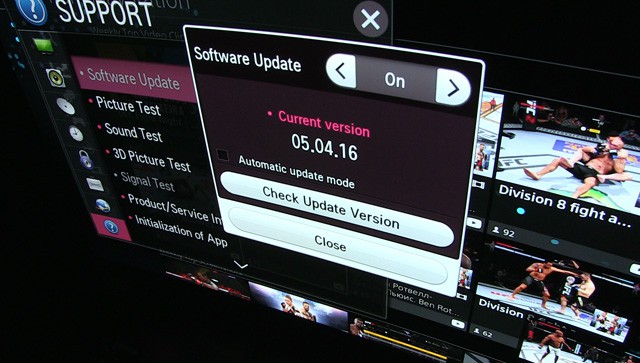
Software updates
January 2015 calibration was done with TVs software 05.01.20. During the year, TV was updated to 05.03.10 and in January 2016 to the version 05.03.11. By the end of 2016, TV was updated again to the version 05.04.16, which is the latest one still at the time of publication of this article.
Working hours
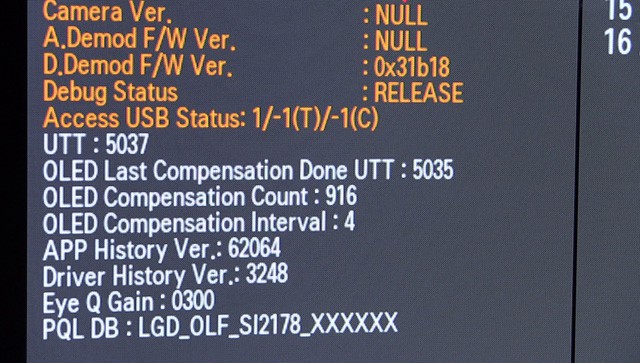
Using service remote control, I was checking from time to time how many hours TV had worked and how many compensation cycles were performed. The latest results presented in this report were obtained after 5037 working hours and 916 compensation cycles.
The results
On the following screenshots from SpectraCal CalMAN calibration software ISF workflow, you can see the results of the following measurements:
- January 2015 – initial measurement
- October 2015
- March 2016 and
- May 2017
The results are for Expert 1 picture preset with exactly the same calibrated settings:
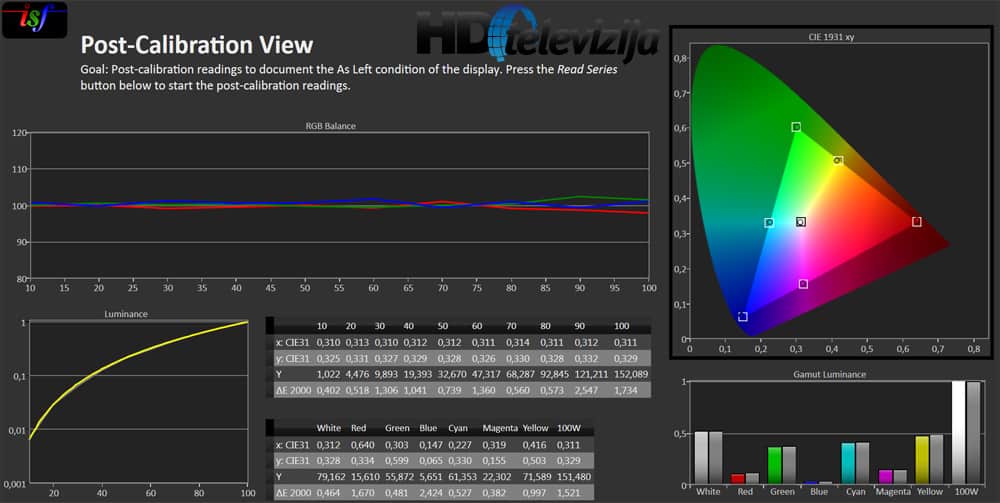
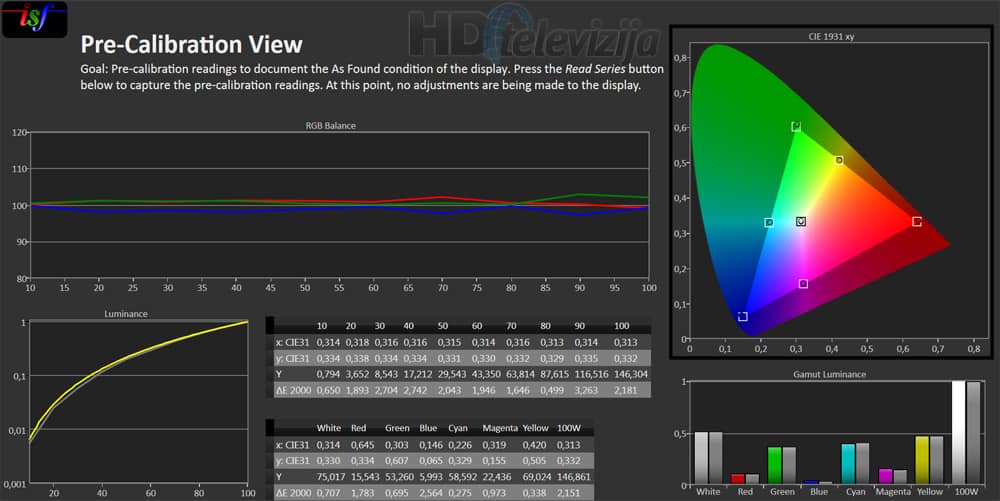


[box type=”shadow” ]What do figures and charts represent?
The results were obtained using SpectraCal C6 colorimeter that was connected to the PC running SpectraCal CalMAN v5 calibration software. C6 was reading patterns that were generated using VideoForge Classic HDMI/Murideo FRESCO SIX-G pattern generators, both sending YPrPb (YC) 4:4:4 1080p60 type of signal. In the top left corner is RGB balance (greyscale), measured in 10% increments. This chart shows how well red, green and blue components are aligned for different signal levels, from dark to bright. On the bottom left-hand side is the Luminance (Gamma) chart, showing the relation of signal level with luminance on the screen. In the ideal case, the grey line which represents measured values needs to be positioned on the yellow line, position of which varies on the gamma function (2.2, 2.4, BT.1886, etc). On the right-hand side is the CIE 1931 xy horseshoe chart that shows display’s gamut coverage for a particular color space (in this case for Rec.709). Below the chart is the Gamut Luminance information, showing how bright each of three primary and three secondary colors are. [/box]
![]()
So what do results tell us? 2300 hours after the last measurement, 55EA980V OLED TV still displays perfect blacks (0.000 cd/m2) with the very same peak luminance of 150.9 cd/m2 ( the previous result was 151.2 cm/m2). This means that picture is of same dynamics as it was 2.5-years ago. Color gamut did not change and it still accurately covers Rec.709 specification. Gamma is well aligned to value 2.2.
The area where the biggest difference was detected is in the white balance, but still, the variation is not day and night compared to the previous measurement. The green component has increased a bit, while blue and red components fell down. The higher the brightness of the picture, the more separated each of color channel is. This leads to DeltaE 2000 errors in greyscale which surpass threshold value of 3 on levels from 30% up to 100%, while the similar situation, 2300 hours before, was in the more narrow range from 70% to 100%.
Since our eyes are the most sensitive to the green color, the picture 55EA980V OLED TV displays now cannot be considered calibrated anymore, so a new calibration is needed to bring the balance once again. For this, I used LG’s 2-point and 20-point white balance controls, available in both Expert presets within user menus.
Generally speaking, DeltaE 2000 errors smaller than the value of 3 cannot be seen by the untrained human eye, but according to the Imaging Science Foundation (ISF) recommendation, good calibration is the one that does not have any increase in green across the greyscale. If you take a look at the Y values in the table below (highlighted yellow), they should be no higher than 0.329 because this is the location of the reference D65 point. In this case, all values are well above this value and this needs to be corrected.

It is important to emphasize that the re-calibration was simple and required only a small adjustment with the available controls so that the RGB balance was excellent just as after the first calibration.
It is worth noting that this adjustment did not bring any of the available controls to their limits, so such re-calibration process can be repeated again in the future. What this means is that if a particular control has a range from -30 up to +30, with the latest re-calibration I did not reach any of the limits (like -30 for example), so there is still room for further adjustment.
All right, we now see that the calibrated Expert 1 has changed enough to repeat calibration, but what about the other presets? Some of them, like THX Cinema, cannot be adjusted so it will be interesting to check how does the picture look on them after all those working hours.
Let us first check Standard picture preset.
Standard:
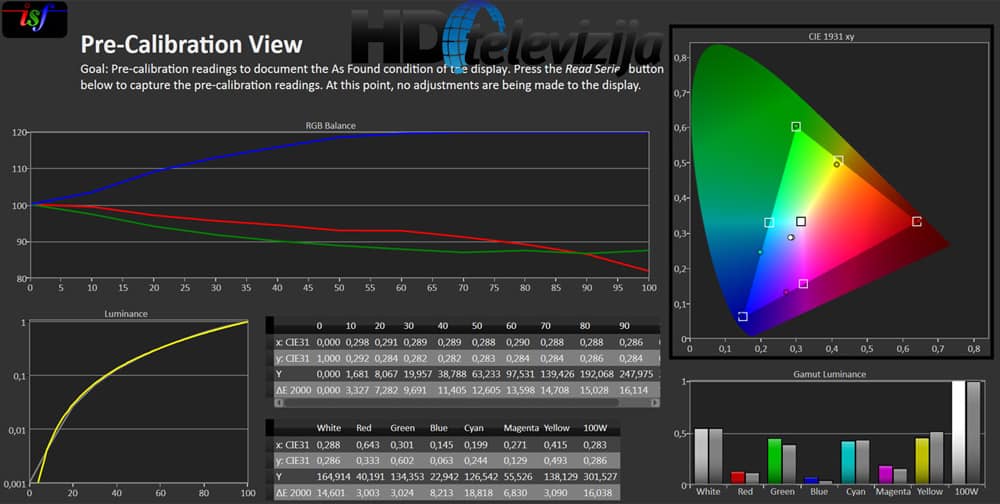

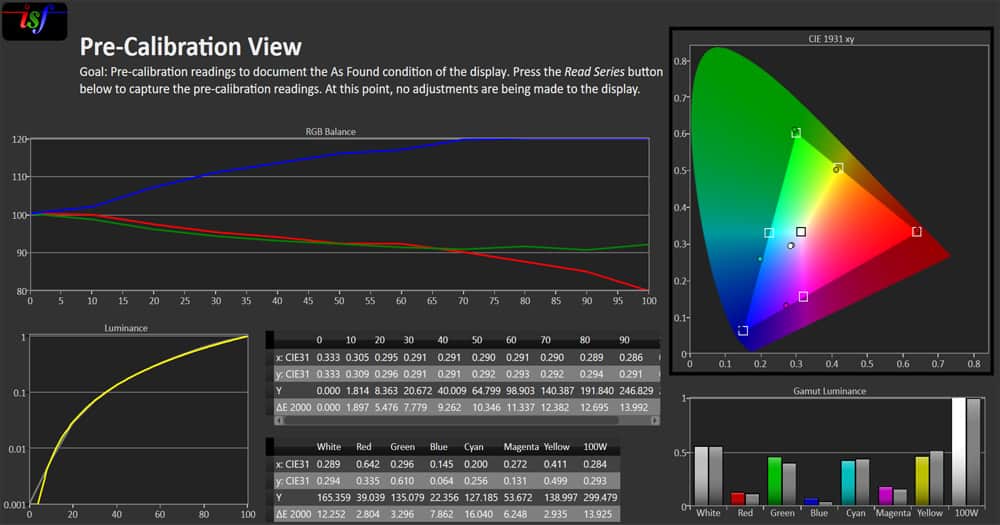
Highly inaccurate Standard picture preset did not change much, with no sign of blue component falling off more than usual. Luminance has dropped just a bit, from 302.6 cd/m2 to 297.97 cd/m2.
Let us now take a look at the THX Cinema picture preset, the only one that is fully locked for user adjustments:



Compared to the Standard picture preset, THX Cinema clearly shows loss of the blue component, a slight increase of green and significant increase of red. Compared to the previous measurements where DeltaE 2000 errors were below the value of 3, we now see 80% – 100% range to be above it, with the biggest increase in the brightest area – 90% and 100%. This also proves that even factory calibrated preset such as this one cannot be used indefinitely by thinking that it will always be calibrated. Every 3000 – 5000 working hours re-calibration should be performed on OLED TVs.
THX Cinema preset still has an issue with elevated blacks in the lower part of the screen, just as I saw it when the TV first arrived in 2014. That is why when I measured blacks in this mode, the result was not 0.000 cd/m2 (ideal black), but slightly higher (0.007 cd/m2 at the center of the screen, value even higher along the lower edge). This can be achieved in other presets too if Brightness is at 52 or higher. Until now software updates did not correct this phenomenon with black level adjustment.

Image retention and Dirty Screen Effect – DSE

I’ve been using the TV to watch different types of content, but the way I was using the TV was nothing out of the ordinary. A lot of YouTube and Netflix, videos and music through built-in media player and a bit of live broadcast in standard definition. Sometimes I was playing games with the static interface and listening to music with static menus on the screen. All this did not lead to any permanent burn-in or increased amount of dirty screen effect (DSE) which is a great result.
Short-term image retention can sometimes be seen, but only if the static content was displayed for longer periods of time (for example, a few hours).This happens rarely in reality and it quickly goes away when dynamic content appears. However, if you plan to use your OLED TV as a PC monitor or in any other way that involves a lot of static content, both temporary and permanent burn-in could occur.
It is important not to subject your brand new OLED TV to static content in first 100 hours or so to make sure the panel uniformity stays excellent throughout its lifetime. This is why I advise everyone who is thinking about buying an OLED TV that was working in the store to check screen uniformity before making the purchase. Below is an image of a friend who bought 65″ C6 OLED TV that was working in one of the stores in Zagreb. The amount of burn-in on it was excessive:
Burn-in on OLED TVs is not a myth but a reality, but in the home environment, it is a very small chance it would ever appear. In addition to compensation cycles which work automatically when TV is in standby, there are additional measures implemented on new OLED TVs to reduce any trace of burn-in, as long as it is not excessive like on the image above.
It is worth noting that new OLED TVs from LG and other manufacturers have less visible DSE effect and less vignetting in corners, the latter effect being visible on images with uniform color across the entire screen. The amount of vignetting on my unit is small enough not to be seen 99% of the time.
Color gamut

Back in October 2015, I measured 99% Rec.709 coverage using CalMAN calibration software. Latest measurement in May 2017 confirmed this great result, so there is no loss of color saturation or any other anomaly. In other words, 98% of colors that are on Blu-ray discs or HD video, LG 55EA980V can display with ease.
Multimedia and applications

LG did not change much when it comes to multimedia capabilities of the 55EA980V OLED TV. The Smart TV platform is still NetCast 4.5, which was replaced by webOS in 2014. I mostly use YouTube and Netflix, and built-in multimedia player for watching videos and listening to music. The YouTube app works well, but it is slower than on newer TVs and often it freezes at the very end of the video, regardless of its length. Despite those limitations, I still prefer to use it and not to “cast” videos from my smartphone (though I did that before).
It would be nice if 55EA980V had a HEVC decoder for multimedia content since it’s been used more and more and it would make files smaller, but that will not happen because it requires a new chip in the TV.
The built-in multimedia player works great and for the time being, I have not encountered any difficulty playing with the Synology DS214se NAS server or USB memory.
Input lag
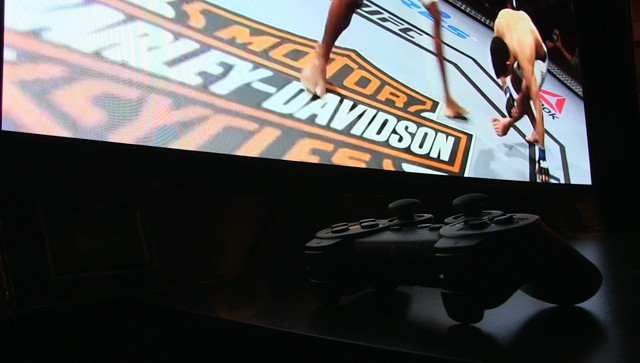
Using Leo Bodnar’s Lag Tester device, I measured the very same input lag result of 54.9 ms in Game mode. This is quite a high result for today’s standards as modern TVs are hitting 20 ms not only for SDR but also for HDR and UHD content.
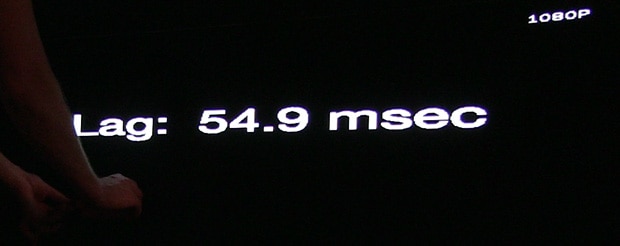
But even with this result, I managed to play and finish Rise of the Tomb Raider on PS4 Pro console and spent many hours playing Ubisoft’s Steep. For sure that FPS players, especially those playing online games such as Overwatch or Battlefield could notice a slight delay to their controls, but for the vast majority of players gaming with such input lag should be acceptable.
Remote control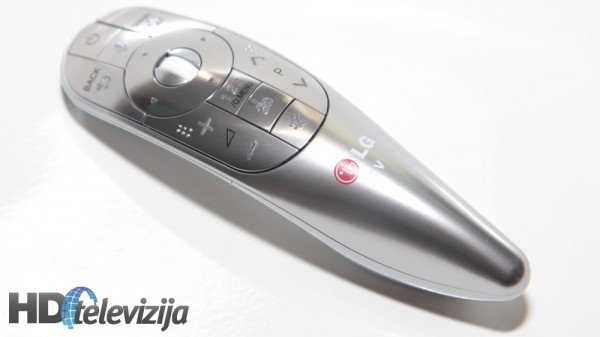
Philips has Ambilight and LG has Magic Remote – both a trademark that many take into consideration when choosing a new TV. The Magic Remote’s main advantage is the ability to navigate quickly thanks to the built-in pointer function. Together with ergonomic design and a wheel/OK button, Magic remote control is excellent and very pleasant to use.
As shown in the pictures below, after 5000 hours of use, only a loss of color has appeared, but all the keys, pointer and wheel are working properly. Yes, there is a built-in microphone that I never use, but it works fine.

Conclusion
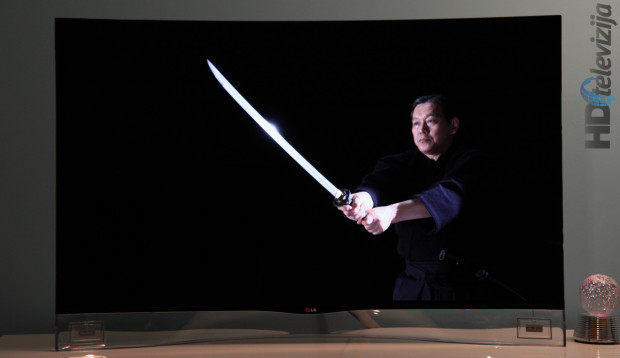
To answer the question from the title – even after 5000 hours, the first generation of LG’s OLED TV delivers great picture quality and it still amazes me with beautiful images every time I watch a video on it. Thanks to the perfect contrast and punchy colors, content often looks like HDR, especially when the same picture is compared with LCD TVs – even the very latest ones. The screen is still of same luminance as two and a half years ago and there are no traces of burn-in or increase of dirty screen effect.
Re-calibration needs to be done from time to time, but that is the case with other display technologies as well and is the only guarantee that TV is displaying as accurate picture as possible.
The test continues and I will make another article of this type once the unit surpasses 10 000 working hours. I would like to thank to LG Electronics office in Croatia for providing me a sample of their OLED TV to do this long-term test.
![]()
Additional resources (in Croatian):
- Što je LG-jev OLED TV?
- Usporedba LCD i OLED tehnologija na modernim televizorima
- LG 55EA980V – prvi izvještaj nakon maratonskog testiranja
- LG 55EA980V – drugi izvještaj nakon maratonskog testiranja
OLED TV reviews (in Croatian):

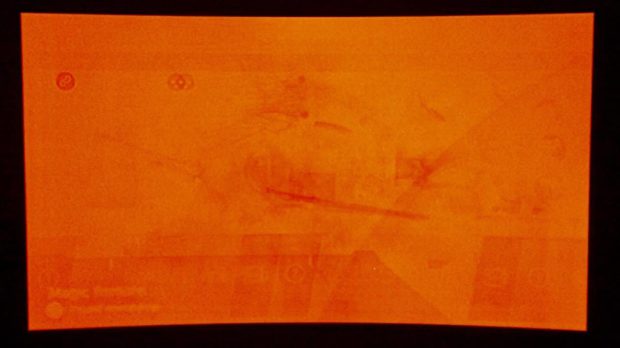



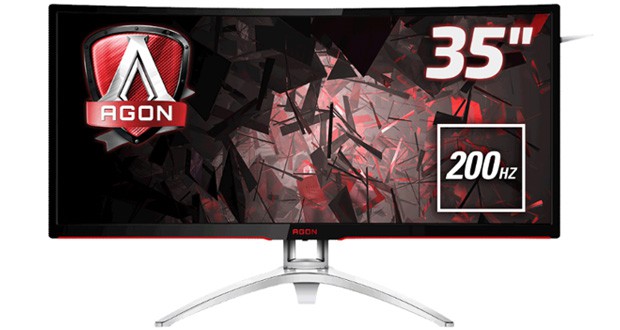
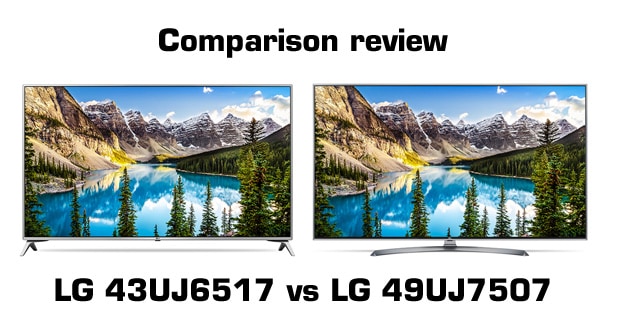
Great article!
Am interested in a new oled tv….but the retention / burn ins are making me worried…
We really use our current tv a lot: 7-8 hours during the week and even longer in the weekend.
Loads of tv, netflix, but also ps4 and as a a screen for the computer (so only one at a time is active).
Also had a beamer before and used it the same way (a Benq W1070) so know i reach 2500 hours in around a year of use.
Would you still advice an oled in that situation?
I think this is unique test of this kind for OLED in the world right now,and really informative one.
Can we get another update on your tv?
It is a very good article. I have 2 LG OLEDs, the 6C (55″) and 6G (65″) and neither shows any signs of burn-in after a year despite using them for watching TV stations with very strong white logos. I am very aware this can happen, though, so when something is on Netflix rather than TV I’d rather watch it there to avoid this.
Both are excellent in picture contrast. Colours aren’t as strong as previous Sony Bravia, but are OK. However there is one big disadvantage to both – these TVs absolutely suck at tracking objects. So when you increase number of frames (for smoother video – motionflow) the objects moving completely fall apart, pixilate, move unnaturally, in some cases movies with quick moving objects become unwatchable. It’s not about source – not about SD, HD, 4K. Not about external (Bluray – Oppo BDP103 and BDP105, cable operator’s Android box) sources, it’s not about internal ones (DVB-T2 tuner, Netflix, Youtube). It’s about TV’s video processor. Sony A1 doesn’t do it. Neither did Bravia before.
So if anyone is looking into OLED – by all means – go for it. But you may wish to consider Sony A1 instead of LG’s models instead.
Great review mate.
Can u review Panasonic GZ Oled range and compare to Lg oled range for 2019.
Would really appreciate it as they both do dolby vision.
Thanks mate
any updates now it has been about 2 years?
Whoa, already 2 years! No changes based on what I can see, might take the meter one day to remeasure colors and make new report.